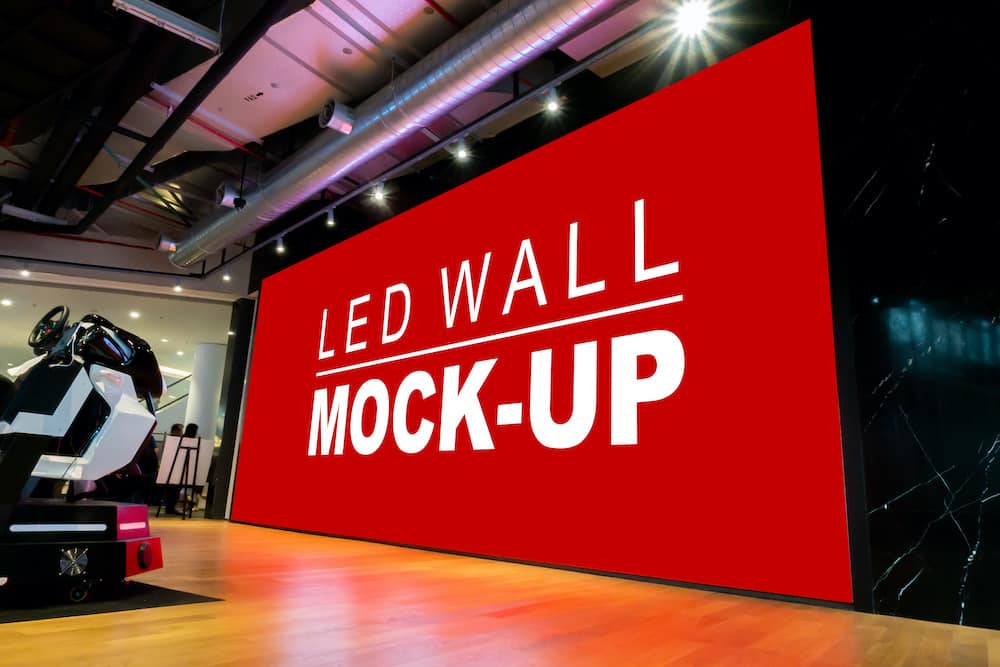Efficient Tactics for Addressing Heat Issues in Light Emitting Diode Wall Panels
Wiki Article
Light Emitting Diode wall panels are progressively common for various applications, including advertising, functions, and electronic screens. However, overheating is a significant challenge that can affect their performance and longevity. When LED screens become too hot, they may decrease in brightness, hue distort, or even fail completely. Grasping the reasons and implementing effective methods to manage heat can help preserve the optimal operation of LED wall panels. This article will discuss several approaches to address excess heat challenges related with these devices.
One effective approach for stopping excess heat in LED panel panels is ensuring proper airflow. It is crucial to place these panels in settings where air circulation is adequate. This can be achieved by placing the panels in a properly aired area or utilizing blowers to enhance ventilation around the units. Additionally, if the panels are mounted in a confined space, establishing gaps or implementing air ducts can help dissipate heat more effectively. Maintaining a cooler surrounding temperature is vital, as it directly affects the function and durability of LED panel screens.
Another way to address excess heat is through the application of thermal management materials. These substances can help take in, dissipate, or redirect heat away from the LED components. Thermal sinks are frequently employed in many electronic units, including LED panels. These metallic elements pull heat away from the LED diodes, allowing them to function at a safer temperature. Additionally, thermal paste or films can be utilized to improve heat transfer between the LED elements and the thermal sinks, further boosting their cooling efficiency.

Regular maintenance and oversight of LED panel panels also play a critical part in preventing overheating. Dust and debris can accumulate on the surfaces of these panels, obstructing airflow and trapping heat. Regular cleaning, using appropriate tools, will ensure the screens free from blockages. Furthermore, tracking the heat level of the screens can help detect excess heat problems before they turn into critical. Using heat monitors can provide valuable information, enabling users to take corrective steps if the screens begin to go over safe operating temperatures.
The use of advanced technology can also help address overheating issues in LED panel screens. Many contemporary LED screens come fitted with built-in heat management systems. These systems can automatically modify the brightness of the screen based on the temperature, reducing heat generation when necessary. Additionally, software solutions can monitor the performance of the panels and provide alerts if overheating is detected. Incorporating these tools can considerably improve the durability and reliability of LED wall panels.
In conclusion, managing overheating in LED panel screens is crucial for ensuring their performance and lifespan. Applying methods such as providing adequate this ventilation, utilizing thermal control materials, conducting regular maintenance, and employing cutting-edge technology can help mitigate overheating challenges. By implementing these preventive measures, users can enjoy the complete advantages of LED wall panels while minimizing the risk of heat-related problems. This method not only improves the functionality of the panels but also contributes to a more eco-friendly and effective application of devices in various uses.